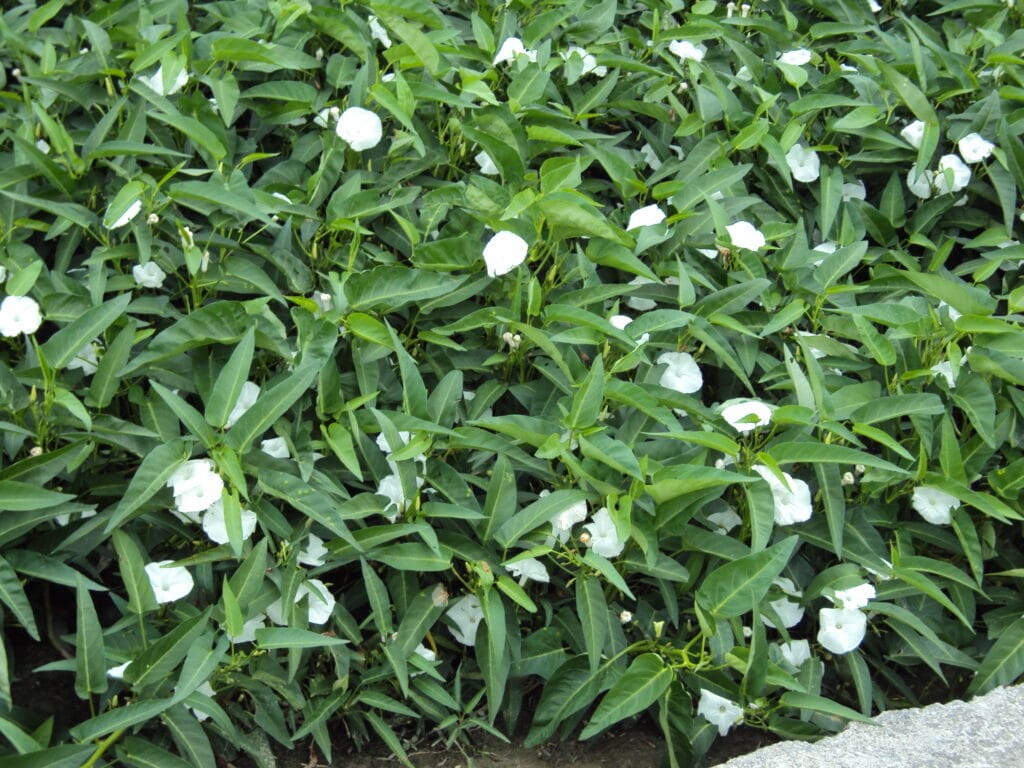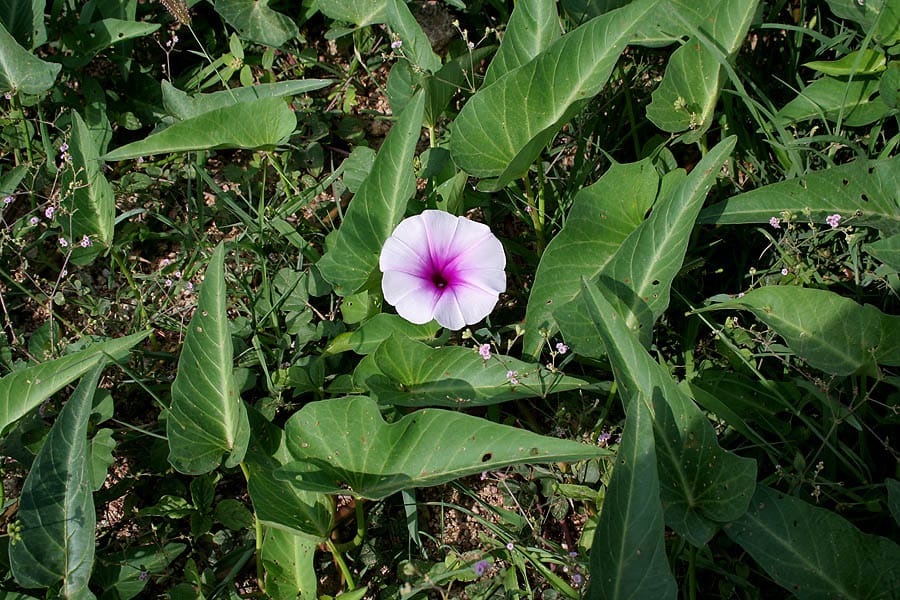Abstract
Kangkong (Ipomoea aquatica), commonly known as water spinach, is a versatile aquatic plant widely cultivated in tropical and subtropical regions.
Renowned for its nutritional value, environmental contributions, and economic significance, kangkong serves as a vital resource in culinary, medicinal, and agricultural sectors.
This article delves into the benefits of kangkong and its history, characteristics, uses, and challenges associated with kangkong, highlighting its role in sustainable agriculture and global food security.
Introduction
Kangkong (Ipomoea aquatica), an aquatic vegetable known for its tender leaves and hollow stems, is a staple in many Asian cuisines.
Beyond its culinary appeal, it boasts a wide array of benefits ranging from nutritional richness to environmental sustainability.
Its ability to grow rapidly in diverse conditions makes it a resilient crop suitable for addressing global food security challenges.
Moreover, kangkong plays a critical role in traditional medicine, sustainable farming, and ecological conservation.
This article explores the multifaceted advantages of kangkong, shedding light on its ecological, economic, and cultural significance while emphasizing its potential to contribute to a healthier and more sustainable future.
History Of KangKong
The cultivation of kangkong dates back thousands of years, with its origins traced to Southeast Asia.
Historically, it was grown along riverbanks and in wetlands due to its ability to thrive in aquatic conditions. Ancient records suggest that kangkong was an essential part of the diets of early Asian civilizations, providing a reliable source of nutrition during periods of scarcity.
Over time, its use spread across continents, becoming a dietary staple in countries such as the Philippines, Thailand, China, and India.
As trade routes expanded, kangkong was introduced to other tropical and subtropical regions, where it adapted well to local climates.
Its long-standing popularity is a testament to its versatility, resilience, and cultural significance.
Characteristics Of KangKong
Kangkong is a fast-growing, semi-aquatic plant with long, hollow stems and arrow-shaped leaves.

It thrives in both water and moist soil, making it highly versatile for cultivation. The plant can be propagated easily through stem cuttings and flourishes in tropical climates with abundant sunlight and water.
Environmental Benefits
- Water Purification: Kangkong is known for its ability to absorb nutrients and pollutants, making it an effective natural water purifier.
- Erosion Control: Its extensive root system helps stabilize soil and prevent erosion in wetland areas.
- Carbon Sequestration: The plant contributes to reducing carbon dioxide levels through photosynthesis, promoting environmental sustainability.
Benefits Of KangKong
Here are some benefits of kangkong:

- Nutritional Value: Rich in vitamins A and C, iron, and calcium, kangkong is a powerhouse of essential nutrients.
- Medicinal Properties: Traditional medicine utilizes kangkong to treat ailments such as anemia, diabetes, digestive issues, and even fever reduction.
- Culinary Versatility: From stir-fries to soups, kangkong enhances a variety of dishes with its tender texture and mild flavor.
- Anti-inflammatory Effects: Studies suggest that kangkong contains compounds that help reduce inflammation in the body.
- Antioxidant Powerhouse: The plant is packed with antioxidants, which help combat oxidative stress and promote overall health.
- Hydration: Due to its high water content, kangkong aids in hydration and supports skin health.
- Support for Heart Health: The nutrients in kangkong, such as potassium and fiber, contribute to maintaining healthy blood pressure and cardiovascular function.
Uses
- Culinary: Integral in Asian dishes like adobong kangkong and sinigang.
- Agriculture: Used as animal feed in some regions due to its high protein content.
- Medicine: Incorporated in herbal remedies for various health conditions.
Economic Significance
Kangkong cultivation supports local economies, providing livelihoods for farmers and contributing to the agricultural sector. Its low cost and high yield make it an accessible crop for small-scale farmers.
Market
The demand for kangkong continues to grow globally, driven by its nutritional benefits and popularity in international cuisines. It is commonly sold fresh in markets and is also available in processed forms like canned or frozen.
Conservation and Challenges
While kangkong is easy to cultivate, challenges such as water pollution, habitat loss, and invasive species regulations pose threats to its sustainability. Efforts to promote eco-friendly farming practices and habitat conservation are crucial for its long-term viability.
Interesting Facts About KangKong
Here are some interesting facts about kangkong:

- Kangkong is often referred to as “morning glory” due to its resemblance to the flowering plant of the same name.
- It can grow up to 20 centimeters in a single day under optimal conditions.
- Kangkong is celebrated as a “superfood” in many health-conscious diets.
- The plant has been used in traditional Asian ceremonies and rituals symbolizing prosperity and abundance.
- Certain varieties of kangkong have purple flowers, adding aesthetic value to gardens and wetlands.
- It is one of the fastest-growing edible plants, often harvested within 30 days of planting.
Culinary Uses Of KangKong
Kangkong is versatile in the kitchen, used in dishes such as:

- Adobong Kangkong: A Filipino favorite featuring kangkong cooked in soy sauce and vinegar.
- Sinigang: A sour soup that incorporates kangkong as a key ingredient.
- Kangkung Belacan: A Malaysian stir-fry dish with shrimp paste.
Nutritional Benefits
Kangkong is a rich source of vitamins, minerals, and antioxidants. It is particularly high in:
- Vitamin A: Supports eye health and immune function.
- Iron: Essential for red blood cell production.
- Fiber: Aids in digestion and promotes gut health.
Traditional Dishes
- Ginataang Kangkong: Kangkong cooked in coconut milk.
- Kangkong Tempura: A Japanese-inspired dish where kangkong leaves are deep-fried in batter.
Caution
While kangkong is generally safe for consumption, it may harbor parasites or contaminants if grown in polluted water.
Proper washing and cooking are essential to ensure safety. Additionally, individuals with kidney stones or prone to oxalate buildup should moderate their intake, as kangkong contains naturally occurring oxalates.
Pregnant women and individuals with specific health conditions should consult healthcare professionals before incorporating kangkong into their diets.
Conclusion
Kangkong (Ipomoea aquatica) is more than just a culinary delight; it is a nutritional, environmental, and economic asset.
Its adaptability and rapid growth make it a crucial crop in addressing food security challenges, especially in developing regions.
Furthermore, its contributions to traditional medicine and environmental conservation underscore its multifaceted value.
However, sustainable farming practices and awareness of potential health concerns are essential to maximize its benefits.
By fostering responsible cultivation and consumption, we can ensure that kangkong continues to play a vital role in global health, cuisine, and ecological balance for generations to come.
Also Read: Benefits of Ampalaya (Momordica charantia) A Detailed Analysis of its History, Benefits, Uses, Facts and Safety
Well, what do you think about the article?
Did you enjoy reading “Benefits of Kangkong (Ipomoea aquatica) A Detailed Analysis of its History, Benefits, Uses, Facts and Safety“?
We really hope that you have found this article informative and engaging. If you have any thoughts or comments about this post, please feel free to share them in the comment section below. We appreciate your feedback and would be glad to hear from you.
To see more content like this check the gardening section of Money For My Beer.

